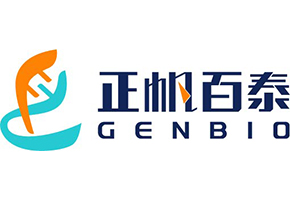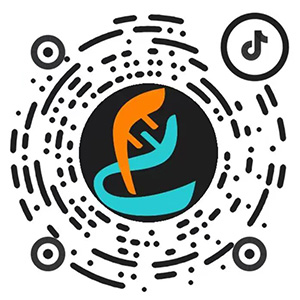The Miracle of Cells and Genes: Exploring a New Chapter in Future Medicine
Cell and gene therapy is a cutting-edge medical technology that represents an important direction for the future development of medicine, with broad application prospects and profound social significance. The following is a detailed discussion on cell and gene therapy.
1、 Basic concepts of cell and gene therapy
Cell therapy refers to the use of patients' own or other donor cells to treat diseases. These cells are usually stem cells, which are primitive cells that can differentiate and mature into different specialized cells in the body. Gene therapy is the treatment of genetic or other developmental diseases by introducing, removing, or altering the genetic material within the patient's cells. Essentially, gene therapy is the use of genetic material to treat hereditary diseases.
Cell and gene therapy often overlap with each other, forming a new type of drug called cellular and gene therapy (CGT). CGT products are designed to address the fundamental causes of human diseases, especially genetic diseases, and have sustained and even permanent therapeutic characteristics.
2、 The Development History of Cell and Gene Therapy
The development of cell and gene therapy can be traced back to the 1970s, when scientists first recognized the possibility of directly altering human genes. With the rapid development of genetics and molecular biology, biomedical research continues to explore the biological mechanisms of human diseases, creating new avenues for advancing therapeutic advances. Breakthrough innovative technologies have opened up wave after wave of research frontiers, with the most exciting being the broad application prospects brought by cell and gene therapy products.
3、 The current application status of cell and gene therapy
At present, dozens of CGT products have been launched globally, with thousands of clinical trials underway and R&D funding showing explosive growth. Cell and gene therapy have shown great potential in the treatment of tumors, rare diseases, chronic diseases, and other difficult to treat diseases.
In clinical trials of tumors, the proportion of CGT is increasing. For example, CAR-T cell therapy is a treatment method that uses cell therapy (ACT), which involves transferring modified immune cells to trigger an immune response against the tumor. In addition, the cross fusion of various cutting-edge technologies such as stem cell technology, single-cell sequencing technology, and synthetic biology technology has also provided new ideas for the clinical translational research of malignant tumor treatment.
4、 Challenges faced by cell and gene therapy
Although cell and gene therapy have broad application prospects, they still face many challenges in their research and application process. These challenges include tedious and complex production, difficult drug delivery, small and scattered patient populations, and staggering expenses. In addition, how to ensure the safety and effectiveness of cell and gene therapy is also an urgent issue that needs to be addressed.
To address these challenges, scientists are constantly exploring new technologies and methods. For example, the rise and popularization of efficient cell harvesting methods, precise gene editing, next-generation stem cell technology, advanced preparation and purification processes, and low-temperature cold chain transportation of tissue cells have provided strong support for the research and production of CGT products.
5、 Future prospects of cell and gene therapy
With the continuous advancement of technology and the continuous development of biotechnology, cell and gene therapy will play an increasingly important role in the future. It is expected to provide new ideas and methods for the treatment of more diseases, thereby improving the quality of life of patients and extending their survival period. At the same time, with the continuous improvement of regulatory policies and the gradual maturity of the market, the cell and gene therapy industry will also usher in broader development prospects.
6、 Conclusion
Cell and gene therapy, as a new generation of precision therapies, provide new treatment concepts and methods for tumors, rare diseases, chronic diseases, and other difficult to treat diseases. Despite facing many challenges in its research and application, with the continuous advancement of technology and the continuous development of biotechnology, we have reason to believe that cell and gene therapy will play an increasingly important role in the future medical field. At the same time, we also need to strengthen supervision and research on its safety and effectiveness to ensure that it can bring true benefits to patients.







